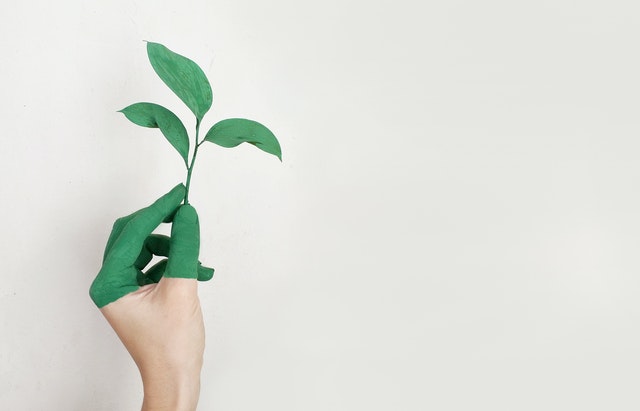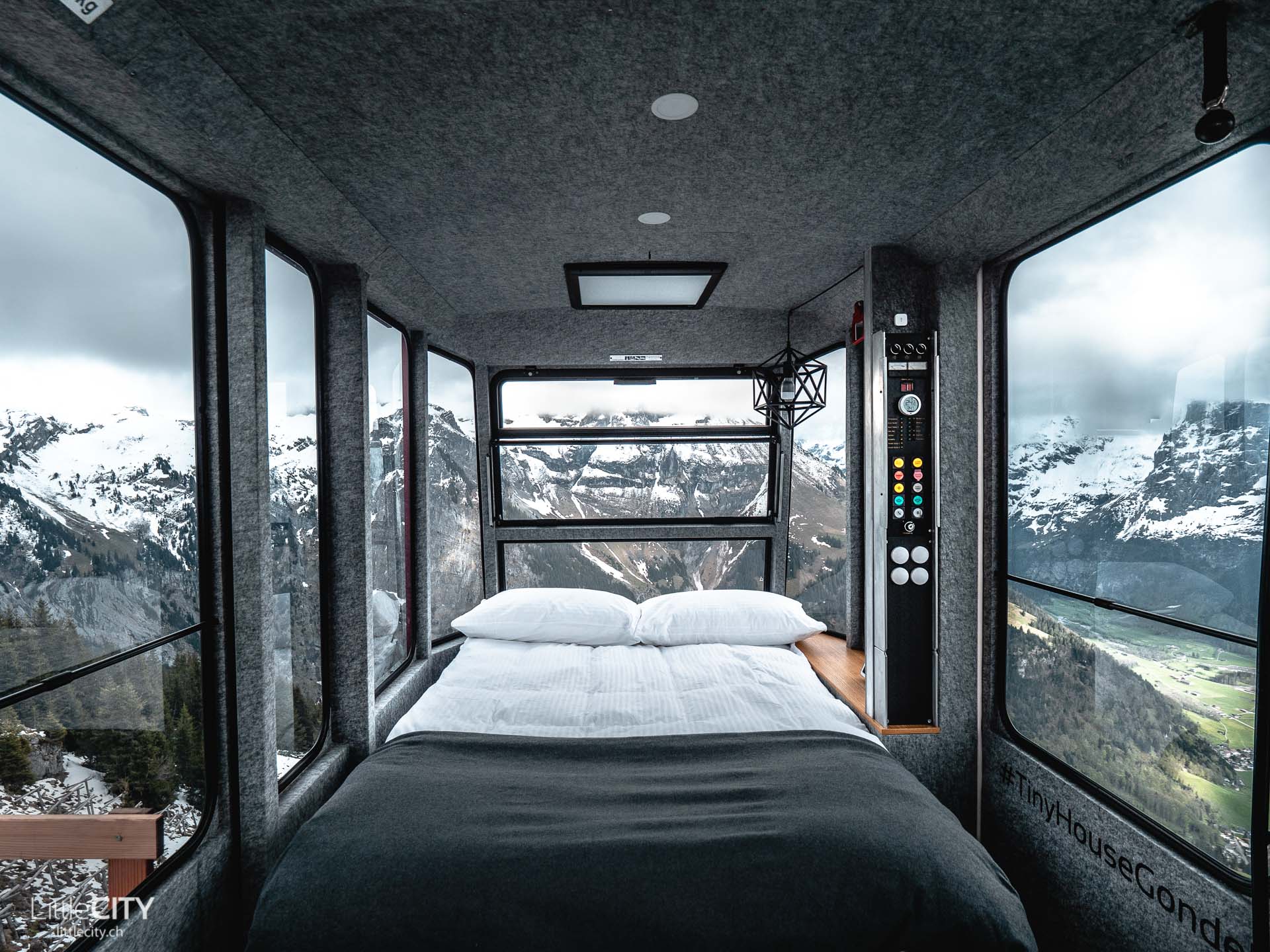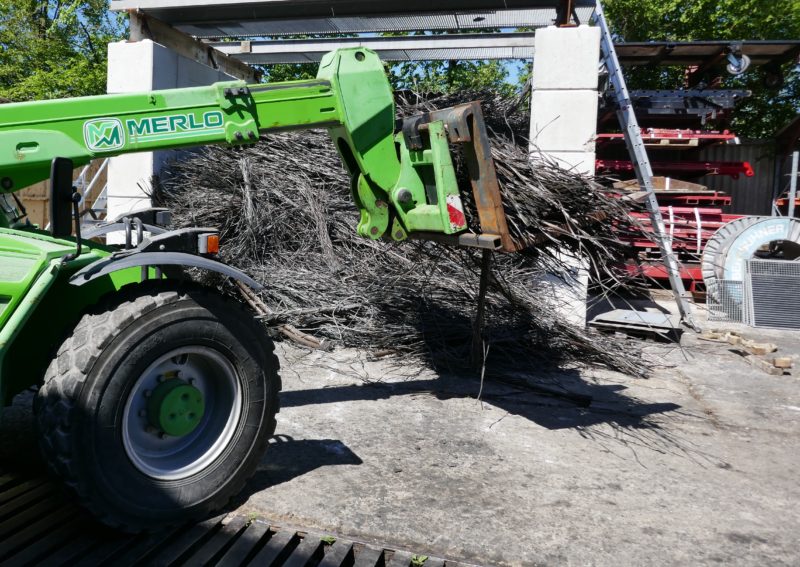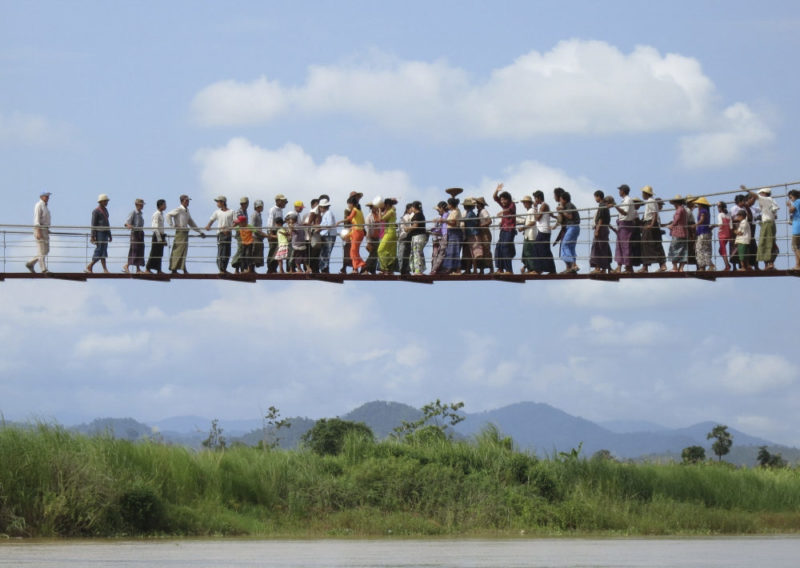
Cities, SI Urban 1/2022, SI Urban 2/2022, Tourism
Sustainibility – CABLE CARS HAVE MULTIPLE LIVES
Installations that are dismantled for legal or strategic reasons can therefore be rebuilt and operated further in other countries. To date, this has been the case especially in ski resorts: cable cars that no longer meet the expectations of guests and operators in Central Europe can return to glory in Asia or Latin America.
Examples of this include the Planai cable car from Austria, which is currently being rebuilt in Argentina, or the Salvista cable car from Austria, which is starting afresh in Turkey. There are companies that specialise in dismantling and selling old installations, such as Pro-Alpin, Alpine Service with PAUL REBER AG or VON ROTZ & WIEDEMAR.
Significant sums often change hands for the old cable cars. It remains to be seen how this business model can be transferred to urban cable cars; they are still too recent a phenomenon.
In addition, the stress on urban installations is generally significantly greater than on cable cars in ski resorts. The extent to which they can – and are legally allowed to – be operated beyond their regular service life is not yet known.
Gondola upcycling
It is not only whole cable cars but also individual components that can continue in use – gondolas can run on other installations, supports can carry their cables in other locations, and stations can be repurposed for other buildings.
The sale of old gondolas outside the industry has now also become a large and profitable market. Specialists such as Gondel24 turn old gondolas into snack bars, summerhouses or saunas. Private individuals pay several thousand euros for upcycled gondolas, or even just for the chassis. Even innovative hotels, such as Tiny House Gondel, are being created from the old vehicles.

Bridges made of old cables
Although supports or gondolas are easier to reuse for operation, this is often not possible with cables, for safety reasons. However, that does not mean the cables have no further use; they find new functions, for example in crane mats or suspension bridges.
Since the nineties, Swiss innovator Toni Rüttimann has been reusing steel cables and pipelines to build pedestrian suspension bridges for cut-off villages.
The farmers who benefit contribute to the projects with manpower, sand, stone, cement, timber and transport. For a number of years, all the required steel cables have been donated to Rüttimann’s team by cable car and cable manufacturers. Businesses and friends in Switzerland and other countries help with material supplies.
Every year, some 40 bridges are constructed for around 200,000 people. The level of demand is 15,000 metres of cable with a diameter of 25 to 42 millimetres and 30,000 metres of cable with a diameter between ten and 16 millimetres.
There are already 841 such bridges today in Latin America and Southeast Asia, making everyday life easier for over 2.2 million people.
Recycling old materials
If cable cars or their components cannot be reused directly, they do not belong on the dump but rather as valuable old iron. After dismantling, companies such as INAUEN-SCHÄTTI, VON ROTZ & WIEDEMAR or PAUL REBER dispose of components in a way that is profitable for the cable car operator.
Steel traders generally buy the cables in bundles and melt themdown. What they find even better are cut-up steel cables, as the bundles often break. Very good prices are achieved here on the scrap market.
Conclusion
After the end of their working life, cable cars can be reused and processed in various ways. The transport solution is therefore not only ecologically sustainable but also a lucrative business in the long term. In short: cable cars have multiple lives!









